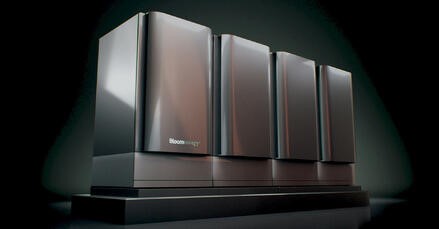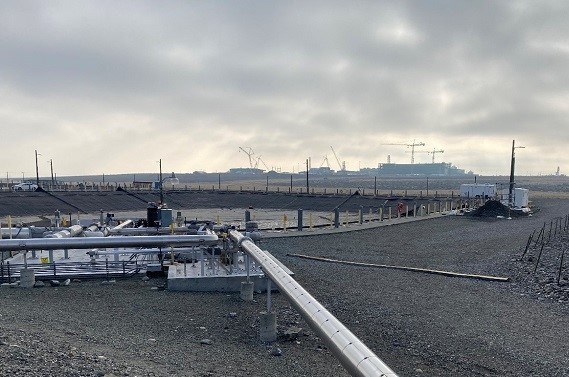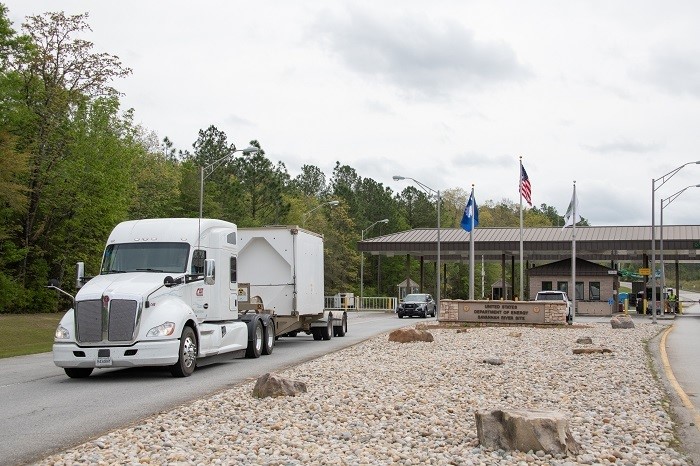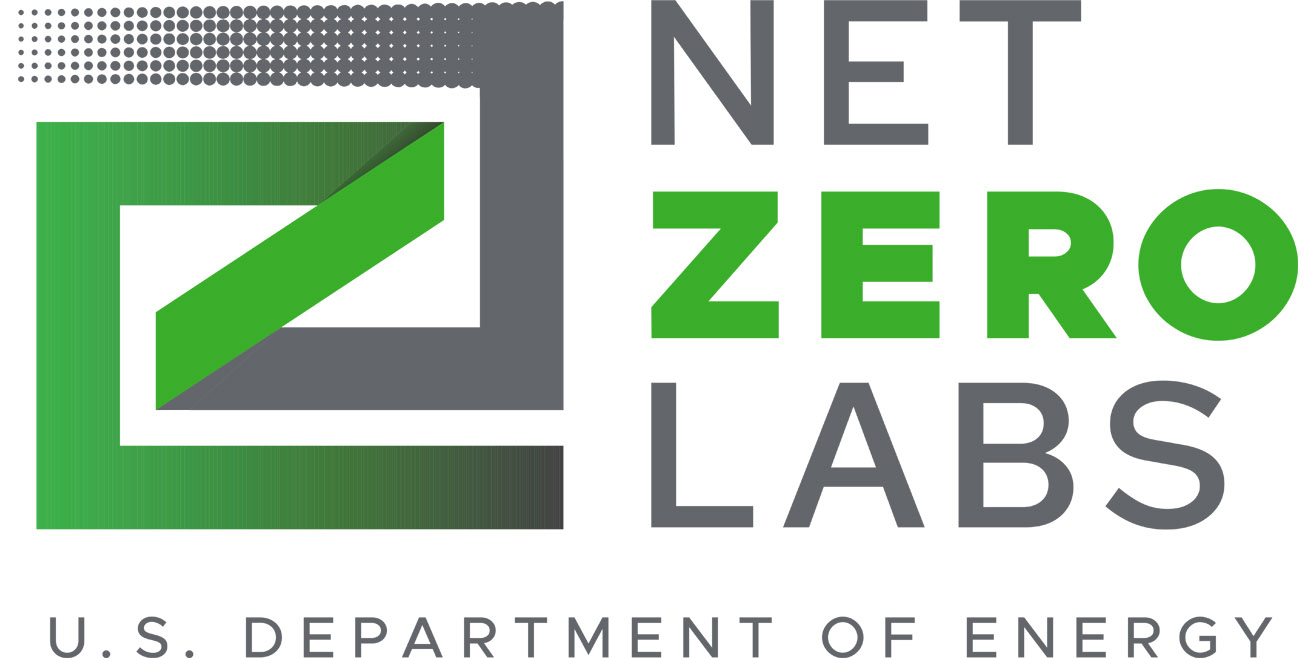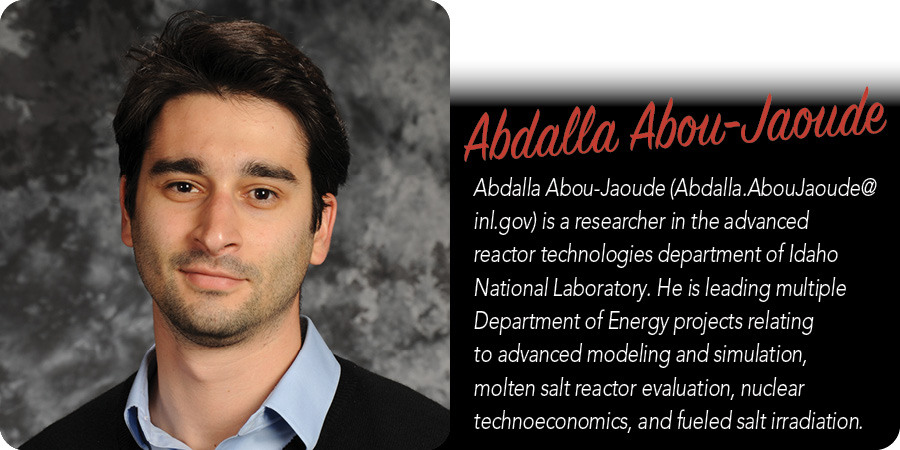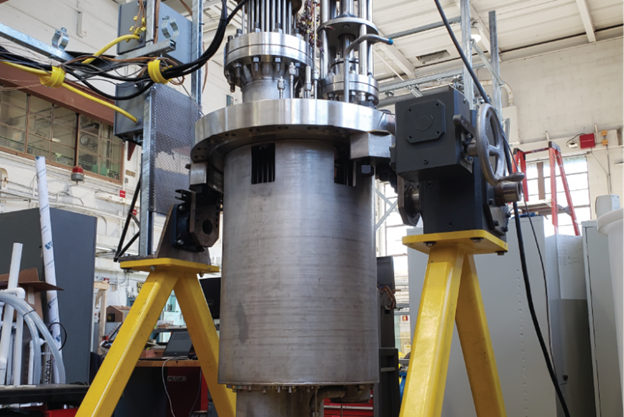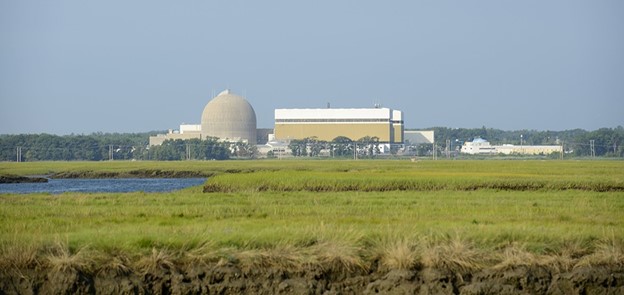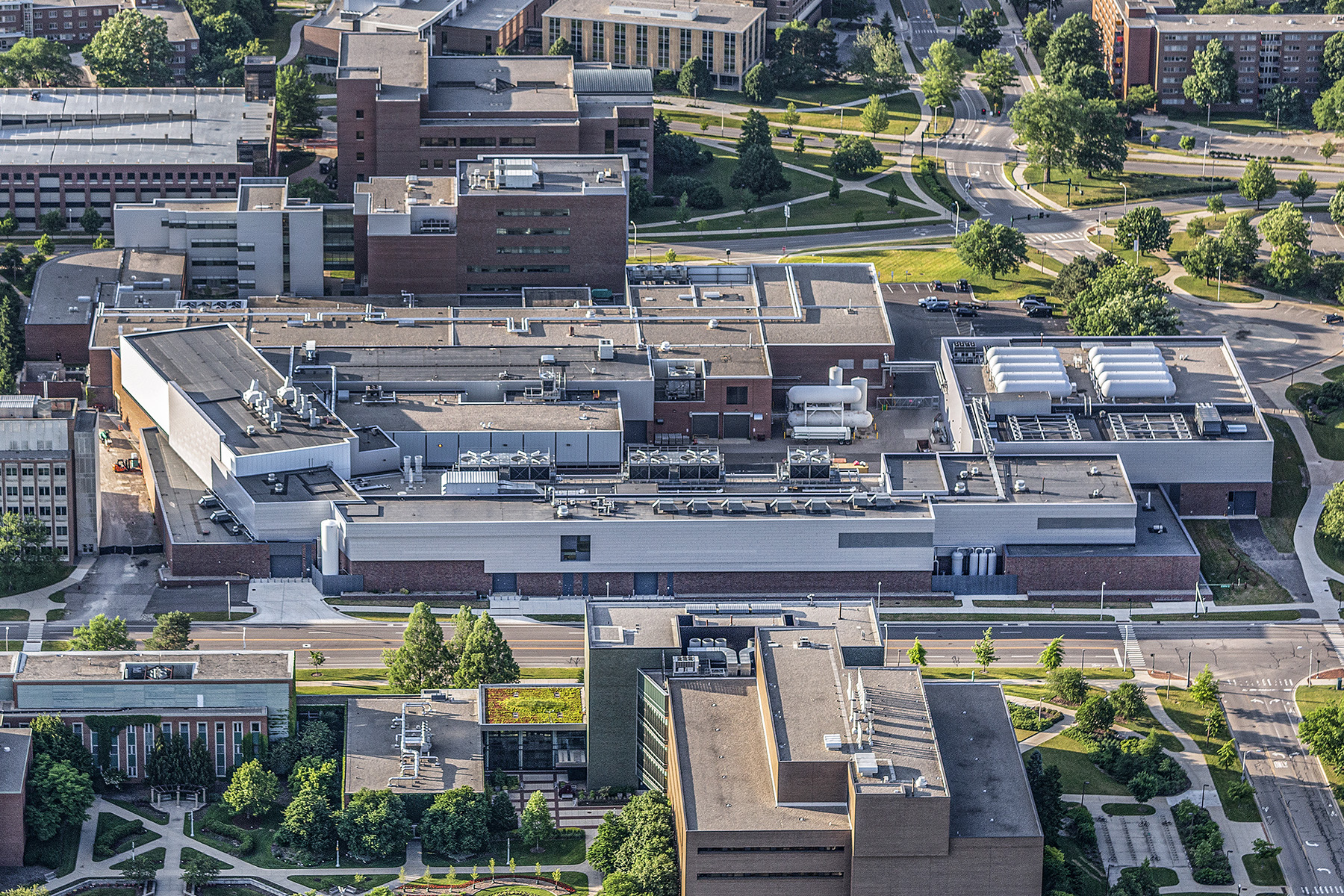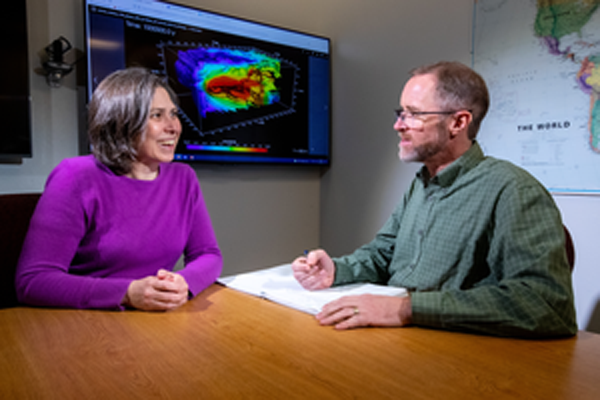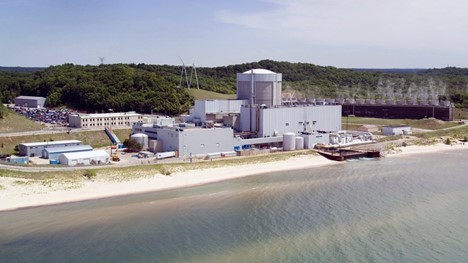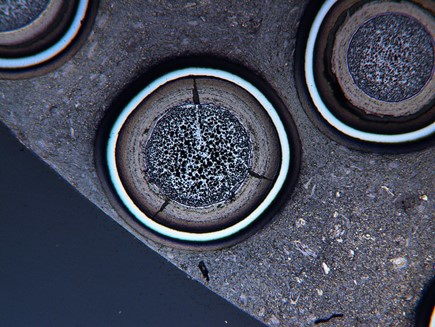A depiction of an electrolyzer from Bloom Energy. (Photo: Bloom Energy)
Using nuclear power technology to produce clean hydrogen is getting a visibility boost as the Department of Energy hosts a virtual three-day (June 6–8) Annual Merit Review and Peer Evaluation Meeting on the agency’s efforts to accelerate clean hydrogen production. On June 6, the DOE announced a notice of intent (NOI) to fund the Bipartisan Infrastructure Law’s $8 billion program to develop regional clean hydrogen hubs (H2Hubs) and the launch of a new Hydrogen Shot Incubator Prize that seeks “disruptive technologies” to reduce the cost of clean hydrogen production. That same day, Westinghouse Electric Company and Bloom Energy Corp. (a maker of solid oxide electrolyzer technology) announced a letter of intent to develop electrolyzers for use in the commercial nuclear power market and said they are “well positioned to support the U.S. Department of Energy’s developing hydrogen hubs.”
The Panther T16 sprays fixative with a high-pressure water cannon onto X-326 building debris at the Portsmouth Site. (Photo: DOE)
Workers at the Department of Energy’s Portsmouth Site in Ohio have been using a new tool as part of the dust-suppression systems for the X-326 process building demolition project. The X-326 was one of three massive process buildings originally built to enrich uranium at the site, which was in operation starting in the 1950s. Environmental remediation of the site began in 1989, and deactivation and decommissioning activities began in 2011. Demolition of the facility has led to a dusty work environment.
During the Hanford Site's Direct-Feed Low-Activity Waste Program treatment operations, the Waste Treatment and Immobilization Plant, background, will feed liquid waste to the Liquid Effluent Retention Facility, foreground, through a primary transfer line pictured here. (Photo: DOE)
Work crews at the Department of Energy's Hanford Site recently completed the first transfer of test water from the Waste Treatment and Immobilization Plant's Effluent Management Facility to the nearby Liquid Effluent Retention Facility (LERF). The transfer of 6,000 gallons was the first simulation of the process that will be used to treat secondary liquid waste from the plant’s Low-Activity Waste Facility during operations to treat tank waste.
“This is a tremendous accomplishment that culminates years of work by our team and alumni toward being ready for hot commissioning,” said Valerie McCain, project director and senior vice president for Bechtel National, Inc. “It’s an important step for the entire Hanford team and our collective mission of protecting the Columbia River and its shoreline communities.”
Bechtel National is a contractor of the DOE's Office of Environmental Management's Office of River Protection.
The final legacy TRU waste shipment from Savannah River Site departs the site in mid-April, on its way to WIPP in southeastern New Mexico for permanent disposal. (Photo: DOE)
The Department of Energy reported this month that the final container of legacy transuranic waste from the Savannah River Site arrived at the Waste Isolation Pilot Plant for permanent disposal on the afternoon of April 14. The shipment capped the end of a journey for 239 shipments that began in 2011.
In all, trucks that carried the shipments weighed a combined 11,402,000 pounds and travelled more than 347,000 miles to the WIPP site.
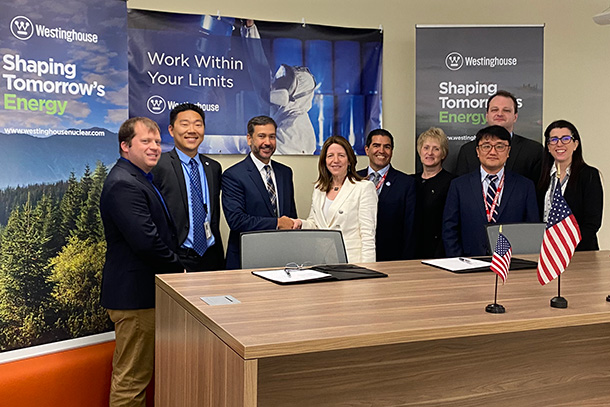
Representatives from Westinghouse and Penn State met at Westinghouse headquarters to sign a memorandum of understanding and enter a partnership focused on researching and developing microreactors. From left: Jason Beebe, director of the global transformation office at Westinghouse; Michael Valore, senior director of advance reactor commercialization, Westinghouse; Mike Shaqqo, senior vice president of advanced reactors, Westinghouse; Lora Weiss, senior vice president for research at Penn State; Jean Paul Allain, head of the Ken and Mary Alice Lindquist Department of Nuclear Engineering at Penn State; Geanie Umberger, associate vice president for research and director of industry research collaborations at Penn State; Saya Lee, assistant professor of nuclear engineering; Elia Merzari (back), associate professor of nuclear engineering; and Hilary Ruby, director of transformation for the Americas Operating Plant Services Business Unit at Westinghouse. (Photo: Westinghouse)
THETA pictured in Argonne National Laboratory’s METL lab. (Photo: ANL)
The Thermal Hydraulic Experimental Test Article (THETA) at Argonne National Laboratory is now operating and providing data that could support the licensing of liquid-metal fast reactor designs by validating thermal-hydraulic and safety analysis codes. The new equipment has been installed in Argonne’s Mechanisms Engineering Test Loop (METL), and its first experiments are supporting data validation needs of Oklo, Inc., by simulating normal operating conditions as well as protected and unprotected loss-of-flow accidents in a sodium-cooled fast reactor.
Alkali-silica reaction was confirmed at the Seabrook nuclear power plant in 2010. (Photo: NextEra Energy Resources)
Concrete structures built to last for decades, including reactor containment buildings and other nuclear power plant structures, are subject to the alkali-silica reaction (ASR), a reaction between alkali ions found in cement and silica, the two main components of concrete. The reaction forms a gel that absorbs water and expands over time, causing a buildup of pressure within the concrete that can eventually lead to cracking and deterioration.
Researchers at Argonne National Laboratory have successfully used electrochemical impedance spectroscopy (EIS) to detect ASR in the lab and believe it could be used for cost-effective, nondestructive testing at nuclear power plants.
An aerial view of the Facility for Rare Isotope Beams on the Michigan State University campus in East Lansing, Mich. (Photo: FRIB)
Michigan State University’s Facility for Rare Isotope Beams (FRIB) officially opened yesterday with a ribbon-cutting ceremony attended by Energy Secretary Jennifer Granholm, elected officials, and guests who had supported the project during its planning and construction, including ANS Executive Director/Chief Executive Officer Craig Piercy. They were there to celebrate the completion—on time and within budget—of the world’s most powerful heavy-ion accelerator and the first accelerator-based Department of Energy Office of Science user facility located on a university campus.
[CLICK to see entire image] Overview of the SAS-VW program at DIII-D. A research concept map illustrates how intense plasma exhaust power entering the divertor leads to the emergence of impurities that can migrate into the plasma core. After identifying the research requirements for the SAS-VW, a process of engineering design, prototyping, and implementation is performed. (Image: General Atomics)
Researchers at the DIII-D National Fusion Facility (DIII-D) are preparing to test a new method that could enable future fusion power plants to withstand the heat and particle flow created by the fusion reaction, General Atomics reported this week.
The DOE’s guidance for Civil Nuclear Credit Program applicants opens a window for an owner—present or future—to submit a bid for credits that could keep Palisades, in southwest Michigan, operating past its planned May closure date. (Photo: Entergy)
The Department of Energy has announced the steps that would-be applicants must take to access funds from the $6 billion Civil Nuclear Credit (CNC) Program. Guidance published April 19 invites owners or operators of those plants most at risk of near-term closure to apply during the program’s first award cycle. With shutdown planned next month, Entergy’s Palisades plant would top that list (read on for more on Michigan’s efforts to keep the plant operating), but any reactor with publicly announced plans to close by September 30, 2026, that meets other program criteria could be certified for credits. Successful applicants won’t have to wait long for good news: the DOE plans to announce award decisions as soon as 30 days after the May 19 deadline for submitting certification applications together with sealed bids for credits.
The Project Pele microreactor will be fueled by TRISO fuel particles like those shown here. (Photo: INL)
